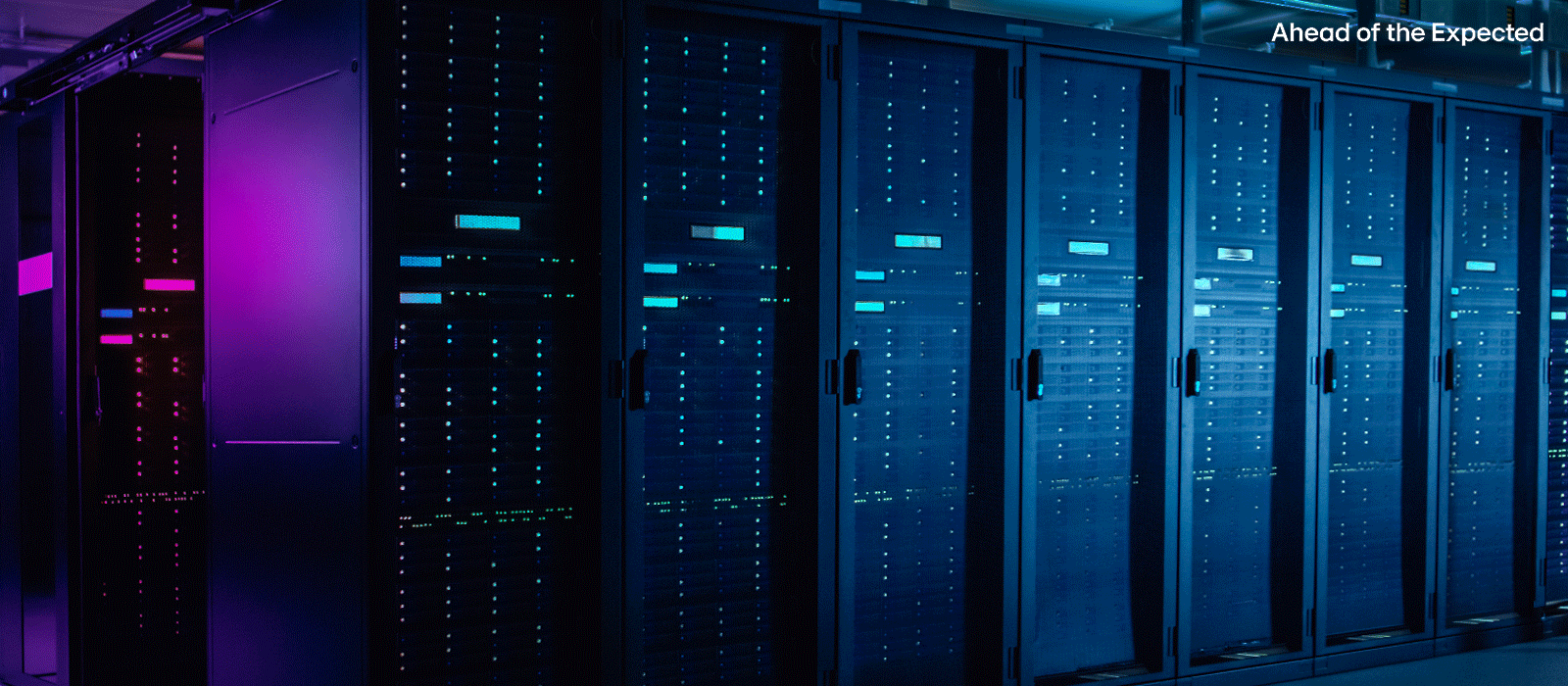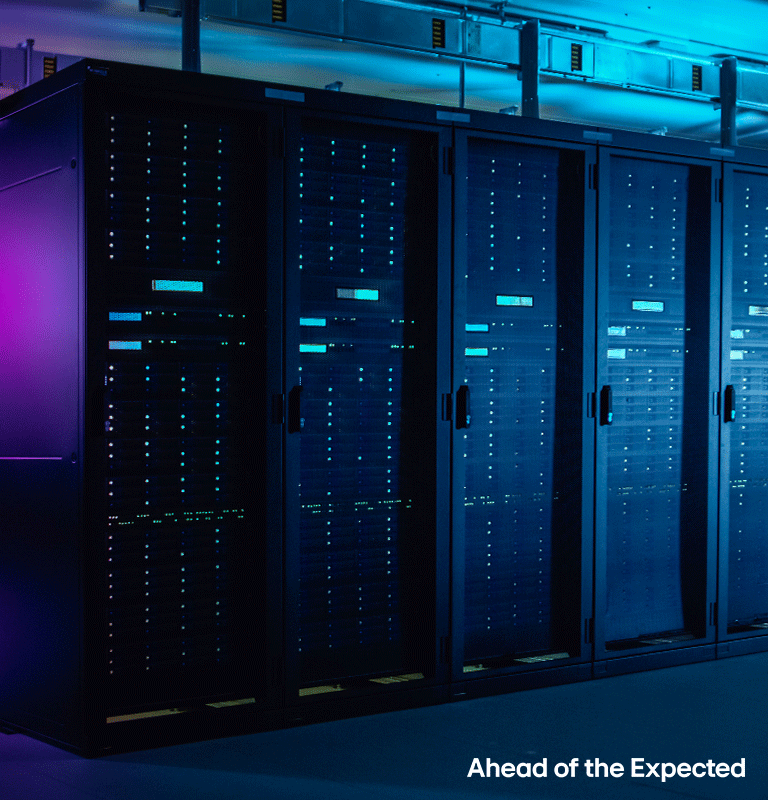-
Artificial Intelligence is revolutionizing the way we live, work, and innovate—but there's a hidden cost to this progress: skyrocketing energy demands in data centers. These facilities are the beating heart of the AI era, processing vast amounts of data every second. Yet, as their power consumption grows, so does their environmental impact.
In 2023, data centers in the US alone consumed 4.4% of the nation's electricity—a figure projected to nearly triple to 12% by 2028, far outpacing the energy use of personal devices.1)
1) https://www.datacenterdynamics.com/en/news/doe-data-centers-consumed-44-of-us-power-in-2023-could-hit-12-by-2028/


-
Why?
The immense heat generated by AI and high-performance computing is overwhelming conventional air-cooling systems, locking data centers into a cycle of inefficiency and waste.
-
The Solution?
Advanced cooling technologies, such as liquid and immersion cooling, aim to reduce energy waste, lower costs, and contribute to a more sustainable future.2)
2) https://datagarda.com/sustainable-data-center-cooling-innovations-in-liquid-and-immersion-cooling/
-
Keeping the Right Temperature
Maintaining the right environmental conditions is essential for data centers to function efficiently and protect their equipment.
The American Society of Heating, Refrigerating, and Air-Conditioning Engineers (ASHRAE) recommends keeping data centers at temperatures between 18°C and 27°C (64.4°F to 80.6°F). This range allows systems to perform reliably and prevents overheating, which can lead to equipment damage.3)
Following these guidelines reduces the risk of failures, minimizes downtime, and lowers maintenance costs. Managing the data center environment properly doesn’t just improve performance—it also saves energy, supporting sustainability goals.
3) https://xp20.ashrae.org/datacom1_4th/ReferenceCard.pdf


-
* https://www.ashrae.org/file%20library/technical%20resources/bookstore/supplemental%20files/therm-gdlns-5th-r-e-refcard.pdf
-
2 Primary Cooling Methods
Data center cooling solutions come in different shapes and sizes. The two main cooling methods are:
1. Air-Cooled Systems: Use ambient air to dissipate heat, offering a cost-effective solution but struggling with high-density workloads.
2. Liquid-Cooled Systems: Use water or specialized coolants for superior heat absorption and temperature control, ideal for high-performance computing but more complex to install.




-
Liquid Cooling Technologies: A New Standard
Several advanced liquid cooling technologies are improving data center efficiency:


-
1. Direct-to-Chip (D2C) Cooling:
● Cold plates attach directly to processors, circulating coolant to remove heat efficiently.
● Ideal for high-density computing environments.
-
2. Immersion Cooling:
● Servers are fully submerged in a thermally conductive and electrically non-conductive liquid.
● Eliminates traditional fans and heat sinks, improving thermal management.
-
3. Rear Door Heat Exchangers (RDHx):
● Heat exchangers integrated into rear doors of server racks.
● Cools hot air before recirculation, enhancing efficiency.
-
LG’s Data Center Cooling Solutions
LG HVAC provides a diverse lineup of cooling solutions designed to meet the unique demands of data centers. With a full range of chillers, air-cooled chillers, and water-cooled chillers, LG offers flexible options that can be tailored to different facility requirements.


-
LG's solutions extend beyond traditional chillers to include innovative air-cooling solutions:
● Fan Wall Units for large-scale air circulation
● CRAH (Computer Room Air Handlers)
● CRAC (Computer Room Air Conditioners) for precise temperature and humidity control
● Air Handling Units adaptable to various layouts
-
These solutions are designed to be efficient, reliable, and adaptable to different data center needs.
Furthermore, they also help provide stable operations even in high-density computing environments by maintaining efficient thermal management.
In addition to its air-cooling solutions, LG will introduce its CDU (Coolant Distribution Unit) and Cold Plate solutions at Data Center World (DCW), further expanding its capabilities in liquid cooling technology. This new offering demonstrates LG’s continued investment in advanced cooling solutions to support the evolving needs of AI-driven and high-performance computing data centers.


-
LG’s data center cooling solutions stand out from the competition by offering a comprehensive lineup of products, providing enhanced efficiency and reliability through optimal control achieved with the innovative BECON platform. This advanced system integrates seamlessly with their solutions, delivering precise monitoring and management to meet diverse customer needs effectively.
-
Trailblazing Data Center Cooling with LG HVAC
The future of data center cooling hinges on efficiency, sustainability, and adaptability to high-performance workloads. Liquid-cooled solutions are gaining attention as a game-changer, delivering superior thermal efficiency and scalability over traditional systems. No longer just a support function, effective cooling now drives energy efficiency and infrastructure design.
As a pathfinder, LG is shaping the next generation of cooling solutions with its innovations that will be presented at Data Center World, ready to meet the demands of our increasingly digital world.




